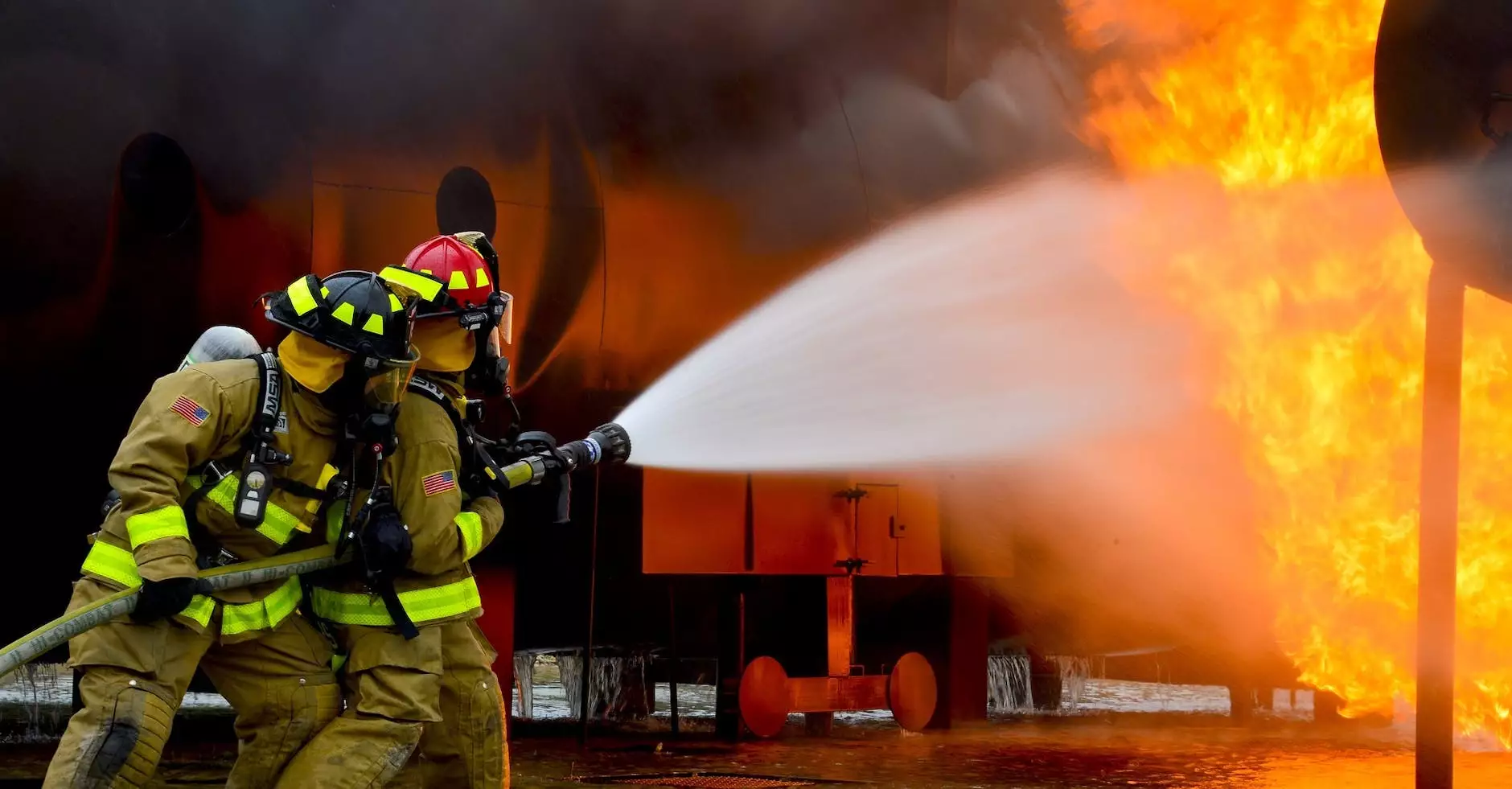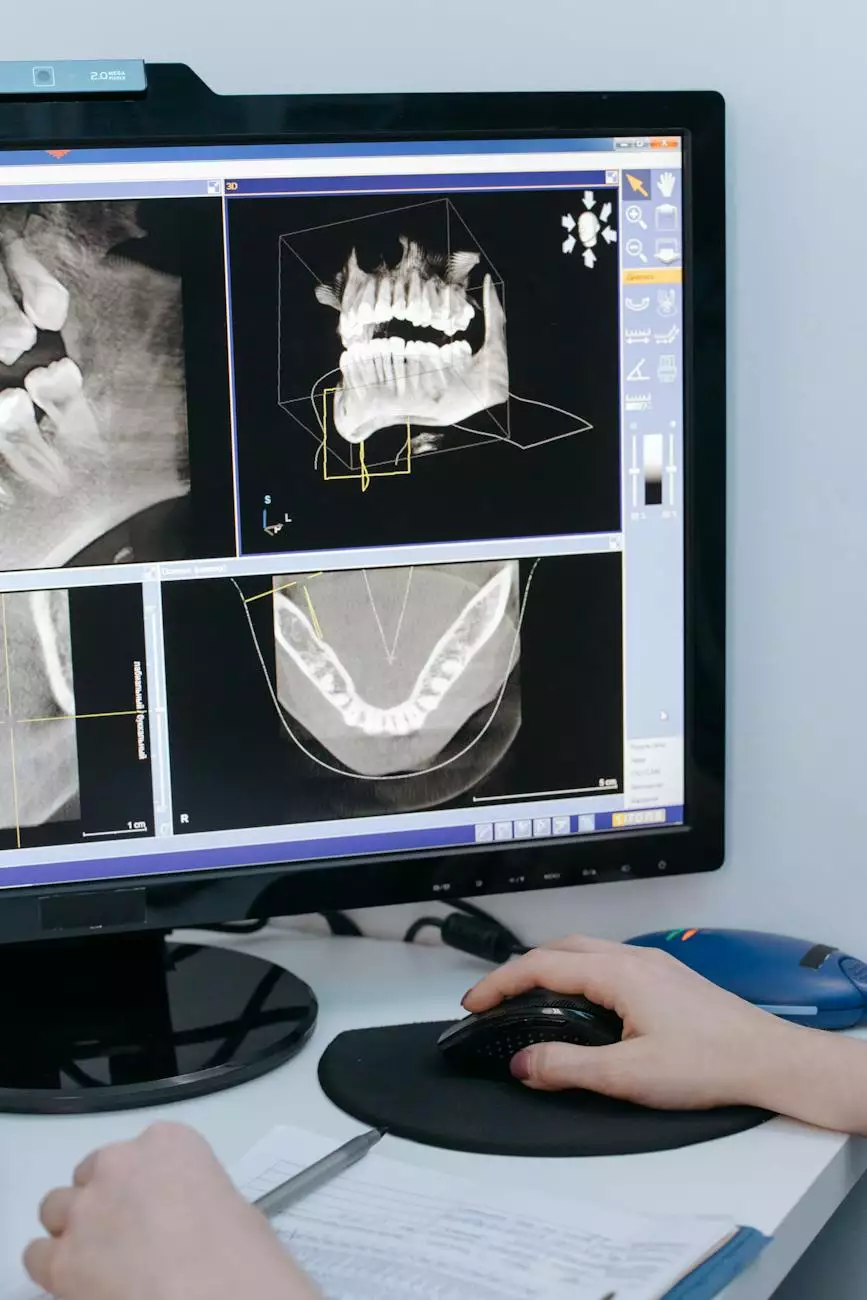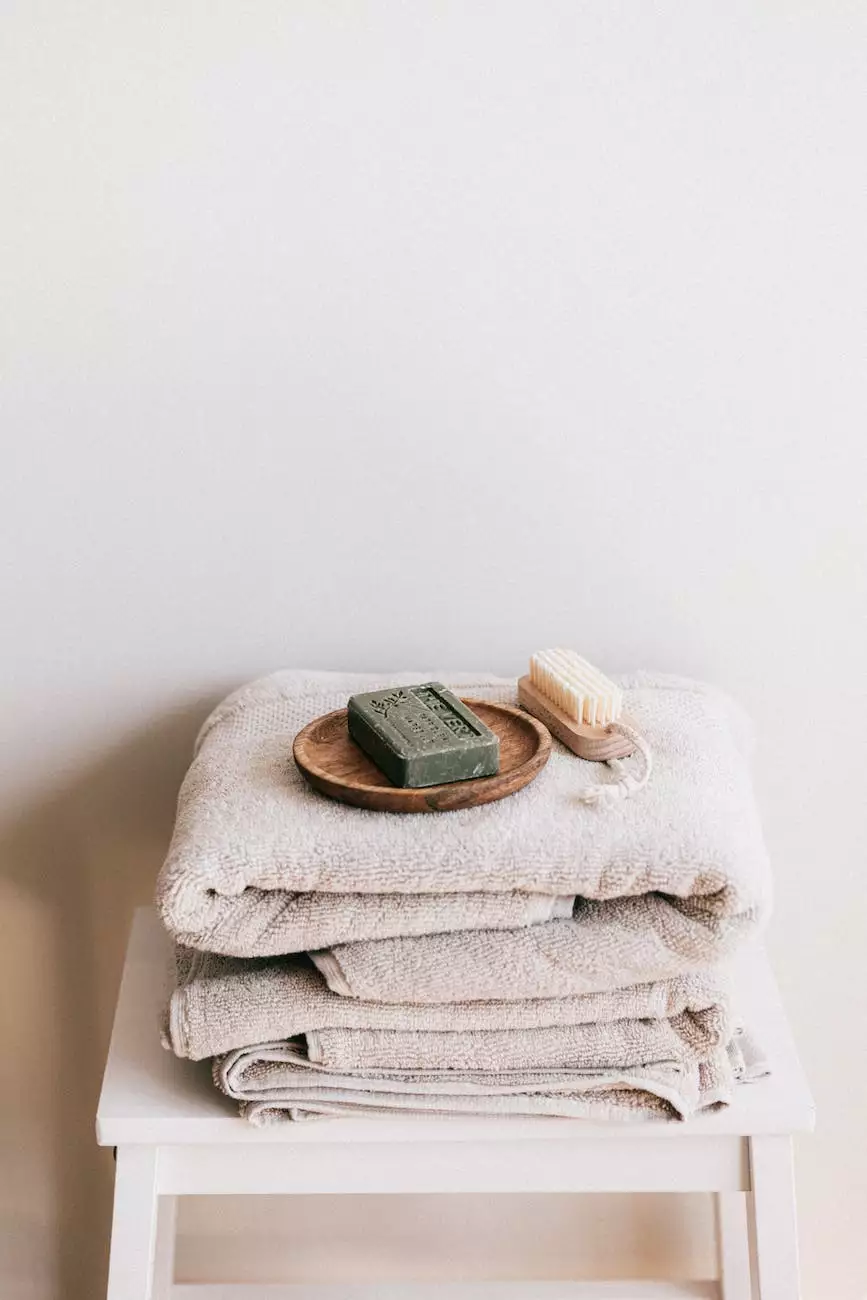Critical Fire Safety Measures for Older Adults

Introduction
Welcome to HGRBS, your trusted source of information on critical fire safety measures for older adults. We understand the importance of protecting your loved ones and ensuring their safety. In this comprehensive guide, we will provide you with valuable insights, tips, and precautions to prevent fire incidents and protect your home.
Understanding the Risks
Older adults face unique challenges when it comes to fire safety. Reduced mobility, diminished senses, and medical conditions can increase the risk of accidents and make it harder to evacuate during an emergency. It is crucial to be aware of these risks and take proactive measures to mitigate them.
1. Install Smoke Alarms
Smoke alarms are your first line of defense against fires. Make sure to install smoke alarms on every floor of your home, especially near sleeping areas. Regularly test the alarms to ensure they are functioning properly, and replace the batteries twice a year. It is also a good idea to consider interconnected smoke alarms so that all alarms will sound if one detects smoke.
2. Create a Fire Escape Plan
Developing a fire escape plan is essential to ensure a swift and safe evacuation. Identify all possible exits from each room and establish a meeting point outside. Practice the escape plan regularly with all household members, including any caregivers or healthcare providers.
3. Clear Pathways and Reduce Clutter
Maintaining clear and clutter-free pathways throughout your home is crucial for quick and safe evacuation. Remove any obstacles that could hinder movement, such as loose rugs, cords, or furniture blocking doorways. This simple measure can go a long way in preventing tripping accidents and ensuring a smooth escape in case of a fire.
4. Install Fire Extinguishers
Having fire extinguishers readily available can help you control small fires before they escalate. Place fire extinguishers in key areas of your home, such as the kitchen, garage, and near fire-prone appliances. Familiarize yourself with their operation and ensure they are regularly inspected and maintained.
5. Kitchen Safety
The kitchen is often the most common area where fires start. Practice safe cooking habits, never leaving the stove unattended while in use. Keep flammable materials, such as potholders and curtains, away from the cooking area. If a fire does occur, remember to use a fire extinguisher or cover the flames with a lid, avoiding water.
6. Electrical Safety
Electrical malfunctions can lead to devastating fires. Have a professional inspect your electrical system periodically and address any potential hazards. Avoid overloading outlets, and promptly replace any damaged cords or frayed wires. Unplug appliances when not in use to reduce the risk of electrical fires.
7. Smoking Safety
Smoking indoors poses a significant fire risk, especially for older adults. If you smoke, ensure you extinguish cigarettes properly in designated ashtrays, and never smoke in bed. Consider quitting smoking altogether or, at the very least, smoke outside and away from flammable materials.
8. Heating Safety
Stay warm while minimizing fire hazards during colder months. Place space heaters at least three feet away from flammable materials and turn them off when leaving the room. Have your chimney and heating systems professionally cleaned and inspected annually to prevent potential fire incidents.
Conclusion
Protecting yourself and your home from fire hazards is of utmost importance, especially for older adults. By implementing these critical fire safety measures, you are taking proactive steps to prevent fire incidents and safeguard your loved ones. Remember to regularly review and update your fire safety plan to ensure it remains effective. Stay informed, stay vigilant, and prioritize fire safety in your home.










